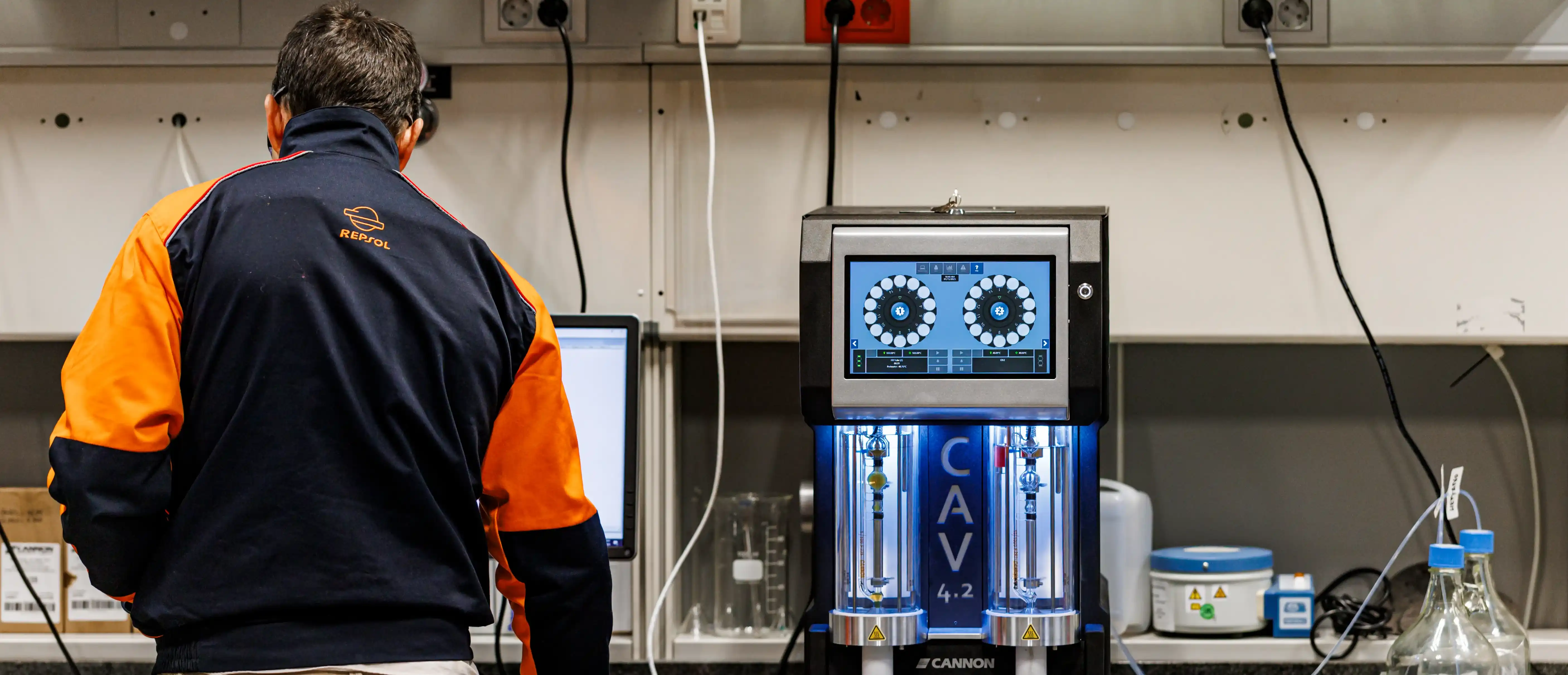The life cycle of lubricants: this is how the carbon footprint is calculated

In a global context marked by the need to reduce emissions, the calculation of the carbon footprint has become a key tool to measure the environmental impact of products and processes. In the case of lubricants, this analysis is essential to identify areas of improvement and advance towards a production with fewer emissions.
In this article, we will explore what the carbon footprint is, how it is calculated throughout the life cycle of lubricants, and the role of the certification in ensuring transparency and accuracy of these calculations.
What is the carbon footprint?
The carbon footprint is an indicator that measures the total amount of greenhouse gases emitted directly or indirectly by an activity, product, or service and it is expressed in tons of carbon dioxide equivalent (CO₂e). This article focuses on the product carbon footprint that allows the assessment of emissions throughout the life cycle of a product, from the extraction of raw materials used for its manufacturing, to its use or final disposition. If you want to know more information, check out the following link.
This concept is essential to understand how our actions contribute to climate change and to identify areas where we can reduce emissions. In the case of lubricants, calculating their carbon footprint involves analyzing all the stages of their life cycle, considering both direct emissions (those released from sources owned or controlled by the company) as well as indirect emissions (those that are the result of company activities, but that occur in sources owned or controlled by another organization).
The life cycle stages of the lubricant
The life cycle of a lubricant follows an approach known as “from cradle to grave”, which addresses the extraction of raw materials to the final disposition of the product. This analysis includes the following stages:
- Raw material. The extraction and processing of resources necessary to manufacture the lubricant, such as base oils and additives.
- Production. The emissions generated during the manufacturing of the lubricant in industrial plants.
- Containers. The emissions associated with the production and transportation of the containers used to store and distribute the product.
- Transportation. The emissions derived from the transfer of the lubricant from the production plant to the end customer.
- Use. The emissions related to the performance of the lubricant in equipment and engines where it is used.
- Recycling or final disposition. The treatment of the waste generated after the use of the lubricant, including recycling or disposal.
In order to carry out this analysis, three scopes of greenhouse gas emissions in the entire value chain of the product are taken into account:
- Scope 1. Direct emissions generated from sources owned or controlled by the company. For example, those released in the manufacturing process of the lubricant product.
- Scope 2. Indirect emissions related to the energy acquired and consumed for the manufacturing of the product, such as electricity or heat.
- Scope 3. Other indirect emissions, such as those associated with the extraction of raw materials, transportation, and the use of the product.
In this regard, Repsol Lubricants has developed a specific calculator, called Arrhenius, to precisely assess the carbon footprint of its products. This tool, based on a detailed Life Cycle Analysis (LCA), allows the identification of the critical points to focus efforts on to reduce emissions and advance towards decarbonization.
Repsol certifies the validation of the carbon footprint
For the fourth consecutive year, Repsol Lubricants has obtained the verification of the carbon footprint calculation for its Master range, according to the international standard ISO 14067:2018. This certification, audited by Lloyd's Register Quality Assurance (LRQA), guarantees the accuracy and precision of the calculations carried out by the company.
The certification process is based, precisely, on the use of the Arrhenius calculator. This digital tool allows the automation and perfection of carbon footprint calculations, incorporating updated data and adapting to the changes of the environment. From the beginning of the project in 2021, with the first verification in 2022, Repsol Lubricants has expanded the scope of its analysis, including new products and references every year.
Verónica Romero Ozamiz, Technical Assistance and Development (TAD) manager at Repsol Lubricants, highlights the importance of having solid and transparent processes to advance towards a more decarbonized future. “The carbon footprint audit of our lubricants validates the precision of our calculations and the robustness of our methodology, strengthening our commitment to sustainability and our capacity for improvement and adaptation to change,” she explains. The rigor of these methodologies and the external validation ensure that the advances in the reduction of emissions are real and measurable.
Contenido relacionado



